An AV receiver is like a chef for home theaters or a car for traveling across town—it's a necessary part. With many AV receivers available, choosing the right one can be challenging. This guide helps you choose an excellent receiver that does what you want, costs what you want, and may even have some hidden qualities you'll appreciate.
Room Size to Install the Best AV Receiver
Understanding the size of your room is the first consideration when choosing an AV receiver. This is the foundation of the decision-making process, determining the amount of power required, the number of channels required, and, ultimately, the budget allocation.
It's crucial to recognize that estimating room size isn't as simple as measuring the length of a piece of string—there are no strict industry standards. After thoroughly testing several AV receivers and home theater systems, we've set some broad criteria that should be enough for the majority of customers.
Your room can be classified as small, medium, or large. A tiny room is less than 130 square feet in size, while a medium-sized room is between 130 and 250 square feet in size. Anything bigger than 250 square feet is considered big.
If you don't have access to your home's floor plan, a simple technique is to use a tape measure to calculate the length and width of your room, and then multiply these measurements. Irregular room shapes allow for more leeway, and you don't need to account for furniture specifics—having a basic sense of the size is enough.
Types of the Best AV Receiver You Need
Before we begin, keep in mind that our goal is to simplify the functions of your AV receiver. The reasoning is straightforward: more features frequently equate to a higher price. It makes no sense to pay for features you will never use. The number of channels is the most important factor to consider when purchasing the best AV receiver for your needs.
A channel in the context of an AV receiver denotes a speaker that it can power. For example, if a receiver has five channels, it can accommodate five speakers. Similarly, a seven-channel receiver may support seven speakers.
Channel specifications are commonly denoted as 5.1 or 7.1. In this notation, the number on the left side of the period indicates the number of speaker channels that the receiver can power, while the number on the right side signifies the potential number of subwoofers it can accommodate.
The majority of AV receivers are classified into two types: 5.1 and 7.1. These setups are extensively used because they meet the tastes and comfort levels of the majority of users.
The Power of the Best AV Receiver You Need
Every AV receiver generates electrical power, measured in watts, which is required to power your speakers. Some receivers are more powerful than others.
At first look, choosing a receiver based on power output may appear difficult, but it is not a vital aspect. Most current receivers have enough power to power practically any home theater system without a problem. This is a testament to modern technological progress.
This means that you should choose the receiver with the lowest power rating that matches your needs. In general, lesser power output corresponds to a more cost-effective choice.
You can choose things that you like for your home theater without messing up how it works, as long as you have enough channels for your speakers and the AV receiver has enough power.
Sound Quality and Room Calibration When Choose AV Receiver
The relationship between the price of an AV receiver and the predicted improvement in sound quality is a generally reliable guideline, but it is not an absolute law.
Cheaper receivers usually have basic parts, while pricier ones often use better components for better sound. Almost all AV receivers, even the inexpensive ones, come with room calibration as a common feature.
This feature makes use of an external microphone, which is normally supplied with the receiver, to assess the reflections in your room and alter the sound accordingly.
This is especially useful in rooms with unusual or problematic shapes. If your budget permits a receiver with this capability, it's a highly recommended addition that can significantly improve your audio experience.
Whether You Need HDMI Inputs and 4K
Every AV receiver has a set of HDMI ARC inputs and outputs, some on the back and some on the front. These HDMI ports connect your various sources, such as gaming consoles or Blu-ray players, to the AV receiver and, ultimately, your television.
HDMI is a standard and extensively utilized connection in the home theater realm, making it an important factor to consider when purchasing an AV receiver. However, as with the other features, the more HDMI ports you have, the more expensive they are.
If you only have one console to connect, an AV receiver with seven HDMI inputs is unneeded. While it's a good idea to leave flexibility for future upgrades, it's generally a good idea to buy a receiver with the precise amount of inputs you need right now to avoid paying extra for unused ones. In comparison, AV receivers with fewer than four HDMI inputs are rare.
If you often watch 4K content on your TV, you must purchase a receiver that is HDMI 2.0a or HDCP 2.2 certified. This guarantees that the right visual data is delivered from your receiver to your TV, resulting in the best possible picture quality.
WiFi and Bluetooth, Which One is Suit For You
Nowadays, it's unusual to find an AV receiver that doesn't support wireless connectivity, whether by Bluetooth or Wi-Fi.
This capability is useful not only for streaming content from external devices such as phones but also for using your AV receiver and linked speakers as a complete music system, especially if you utilize streaming services such as Spotify.
The majority of receivers include both Bluetooth and Wi-Fi capabilities, with Bluetooth being a common standard. If the AV receiver you're thinking about doesn't have wireless connectivity, it's probably not the best solution for modern connectivity needs.
In Conclusion
Choosing the right AV receiver is critical in creating an immersive home entertainment experience.
You'll be able to make an informed decision if you consider elements such as your specific requirements, the receiver's audio and video features, connectivity options, user interface, room correction capabilities, multi-room functionalities, and your budget limits.



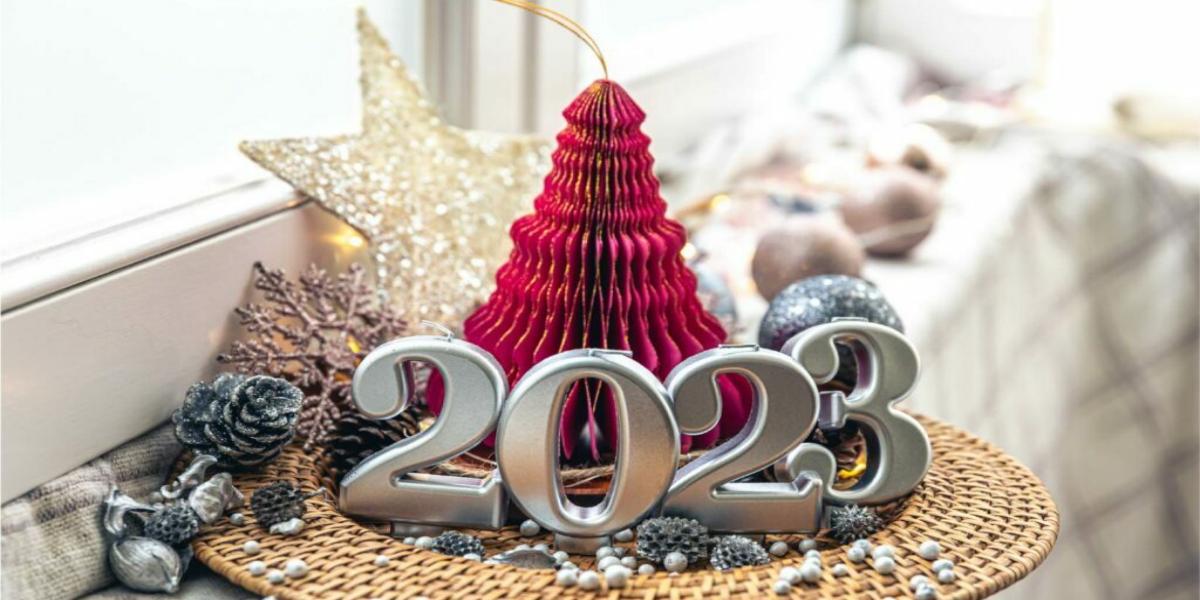
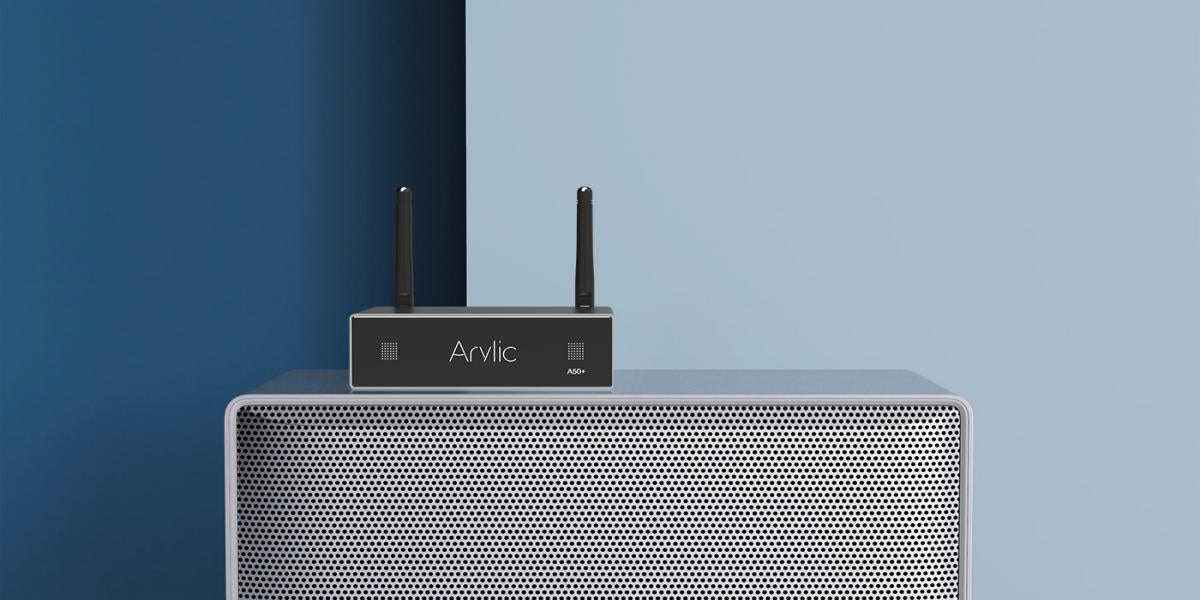



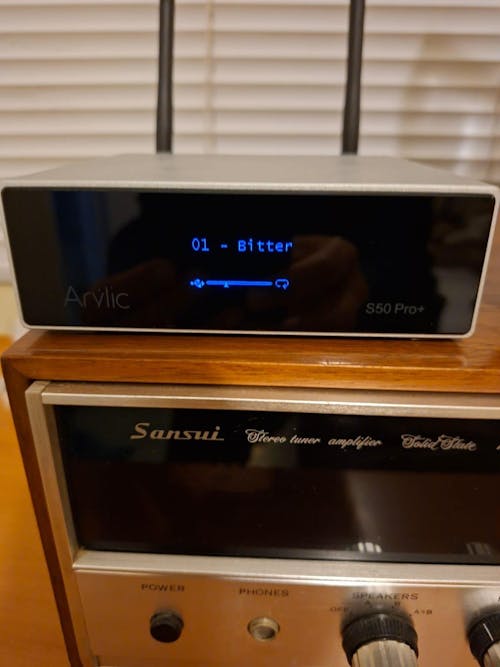
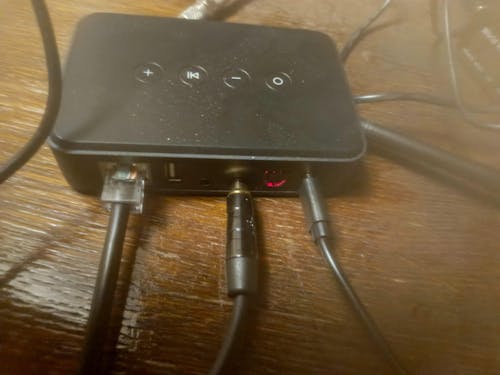
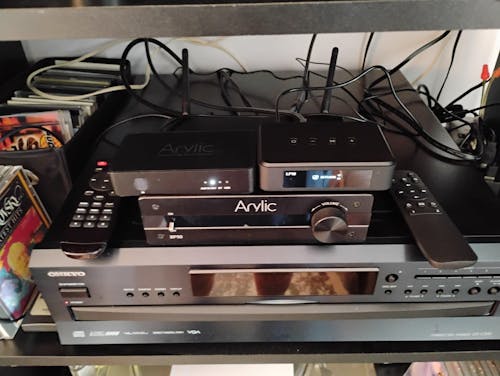
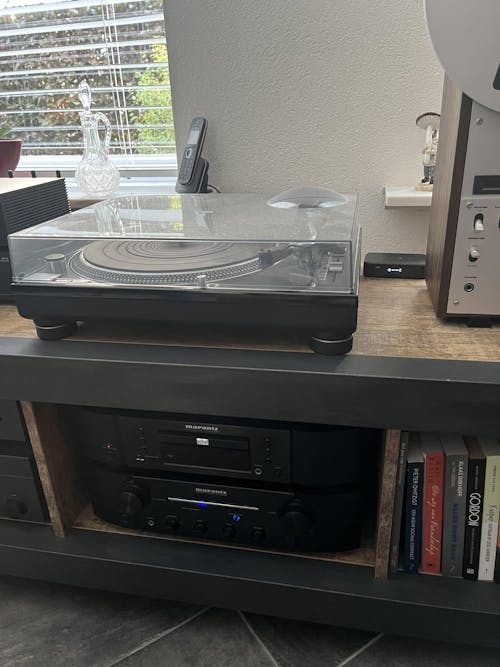
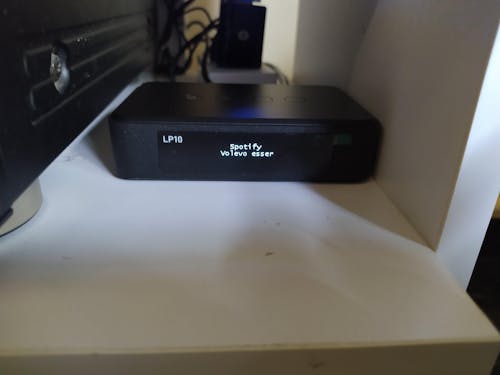










Leave a comment
All comments are moderated before being published.
This site is protected by hCaptcha and the hCaptcha Privacy Policy and Terms of Service apply.